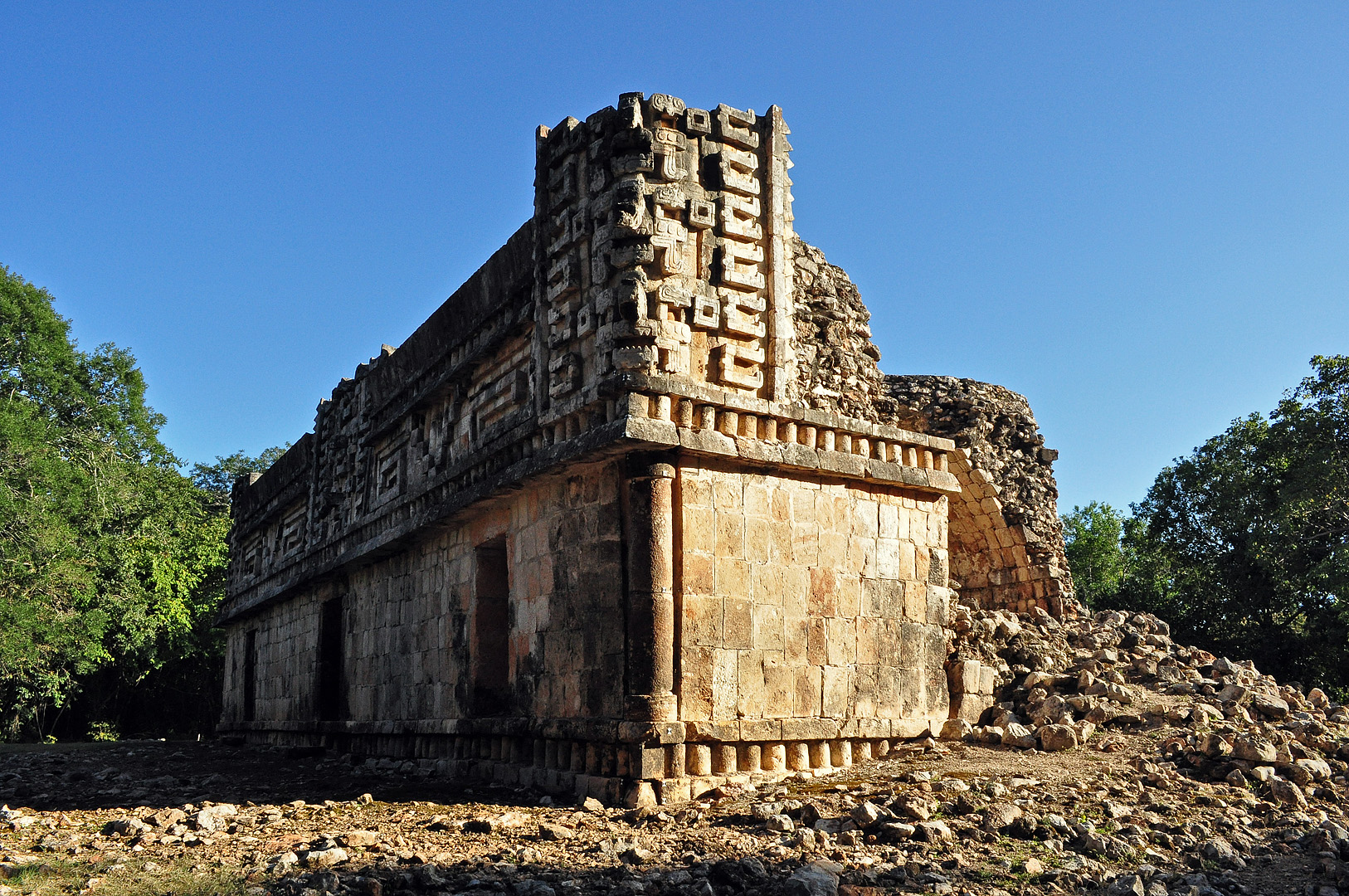Xlapac, situated within the Puuc region, marks a significant archaeological site that offers profound insights into the Mayan civilization, particularly between 600 and 1000 AD. This period is recognized as the zenith of Xlapac’s development, reflecting a time when the Mayan culture flourished in various aspects, from agriculture to religious practices.
Get your dose of History via Email
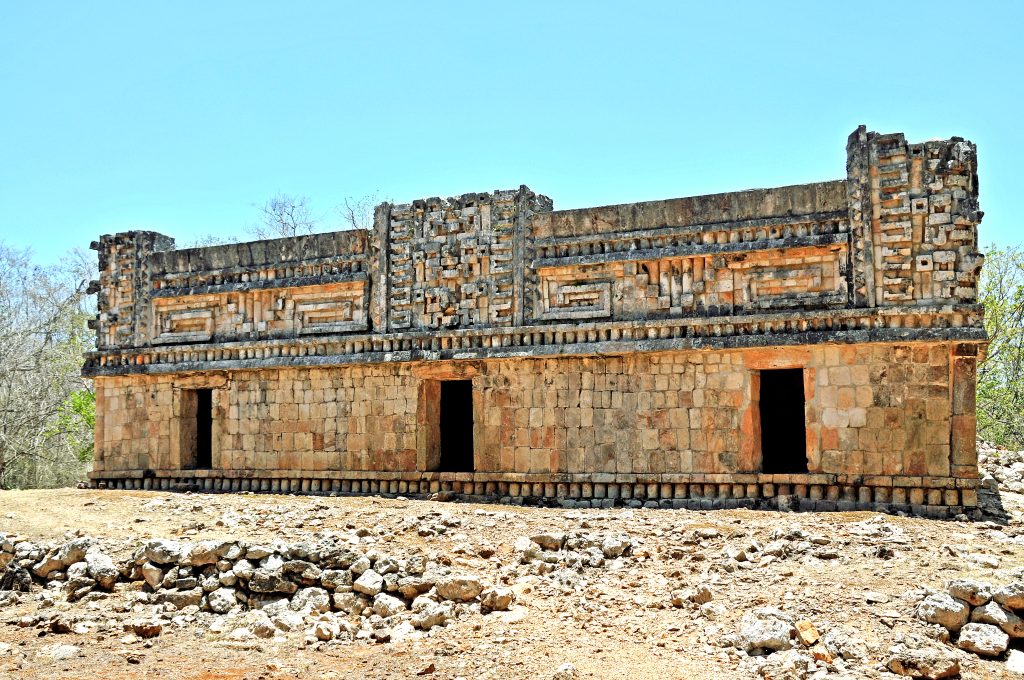
Architectural Marvels and Religious Practices
The inhabitants of Xlapac, like many other Mayan communities, were primarily engaged in agriculture. Their survival and prosperity were heavily dependent on the whims of nature, particularly rainfall, which was vital for their crops. This dependence is reflected in their deep religious devotion, particularly to Chaac, the god of rain. The worship of Chaac was central to their belief system, as they believed their agricultural success—whether it was a bountiful harvest or a devastating loss—was at the mercy of this deity.
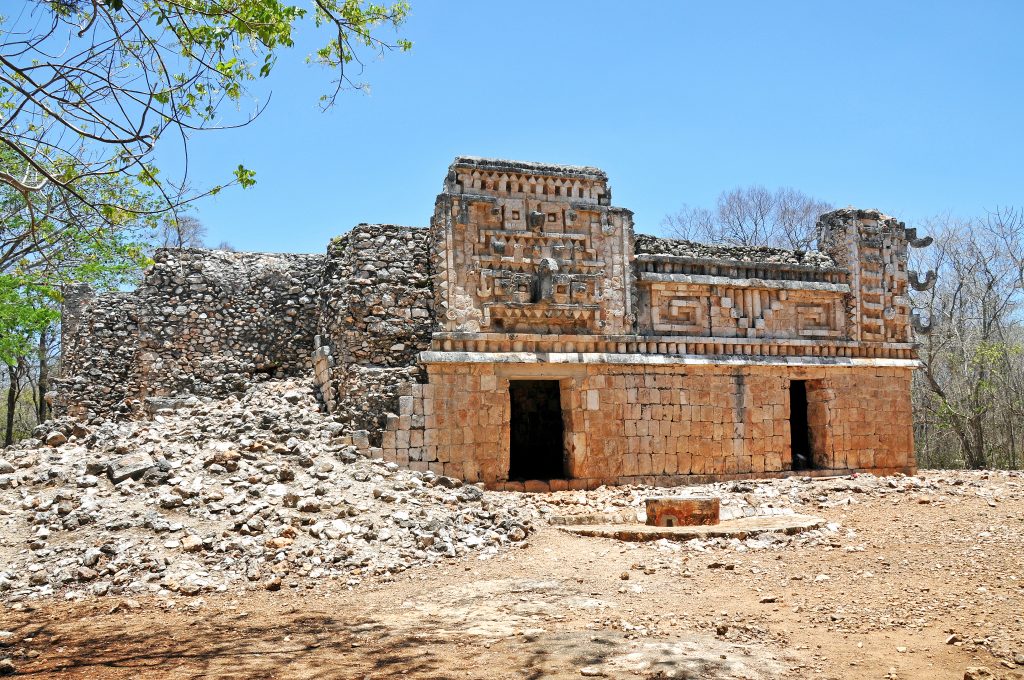
The reverence for Chaac is prominently displayed in the architecture of Xlapac. Among the significant structures unearthed at the site, one stands out for its elaborate decoration featuring masks of Chaac. This building, presumably a place of worship or a significant communal structure, underscores the importance of Chaac in the daily lives and spiritual practices of the Xlapac inhabitants.
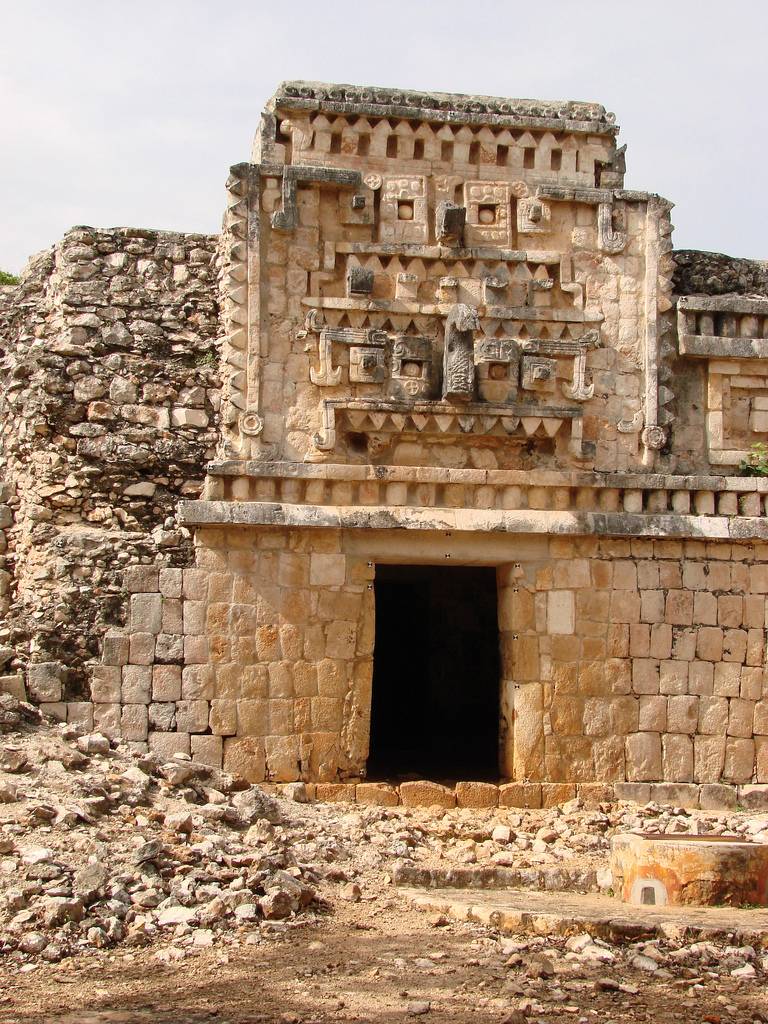
The Archaeological Site: A Closer Look
Located approximately 113 kilometers from Mérida, Yucatán, the archaeological site of Xlapac is divided into two main groups, each showcasing the architectural prowess of the Mayans. Group 1 features two structures built upon a base, with the principal one known as the Palace. This structure comprises nine rooms arranged in three rows, each row containing three rooms. The Palace is notable for its entrances—three on the north side, three on the south, and one on each of the remaining sides. Above each entrance, visitors can observe three rows of Chaac masks, further emphasizing the religious significance of this structure.
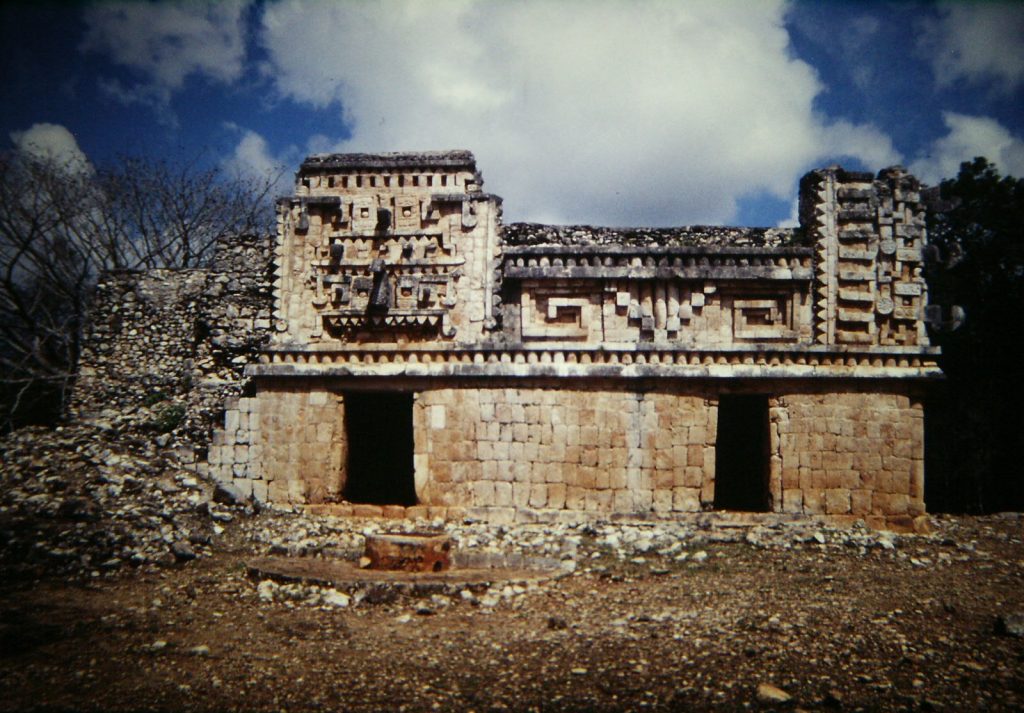
Group 2 of the site includes Building 1, a structure that bears a striking resemblance to the Palace in terms of layout. However, it distinguishes itself through its unique decorative elements, including columns and jagged stones known as “chimez.” These architectural features not only demonstrate the Mayans’ advanced construction techniques but also their aesthetic sensibilities and symbolic expressions of religious devotion.
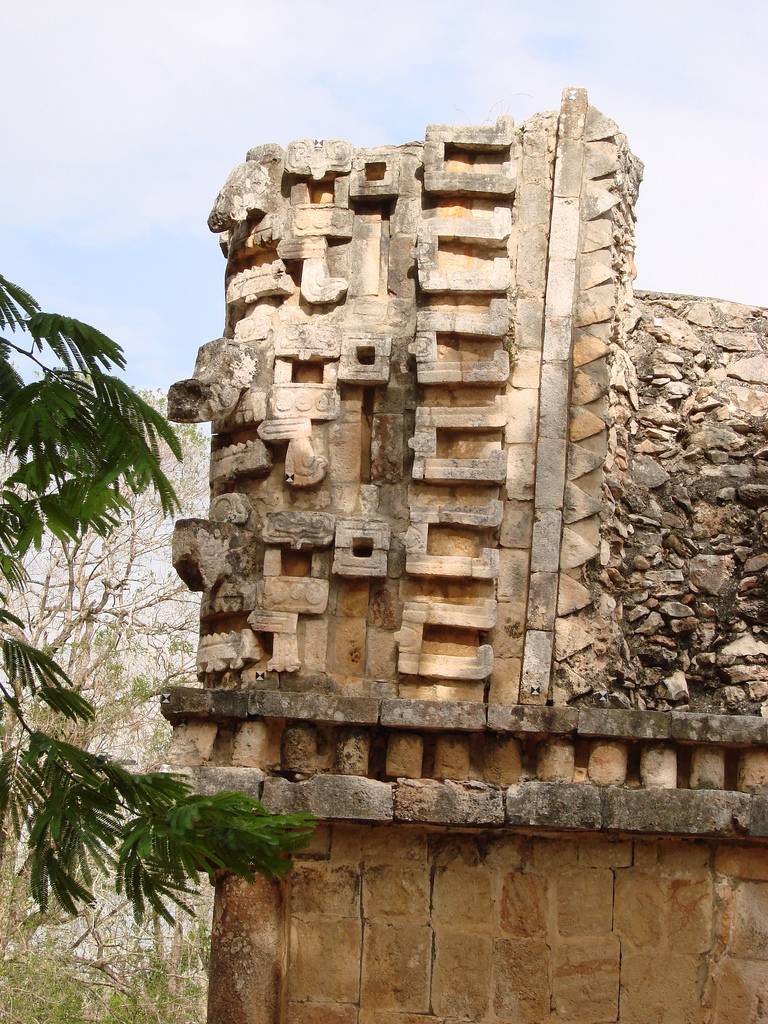
At a Glance
- Civilization Name: Mayan
- Country Located: Mexico, specifically in the Yucatán Peninsula
- Age of the Site/Place: The site experienced its peak between 600 and 1000 AD

